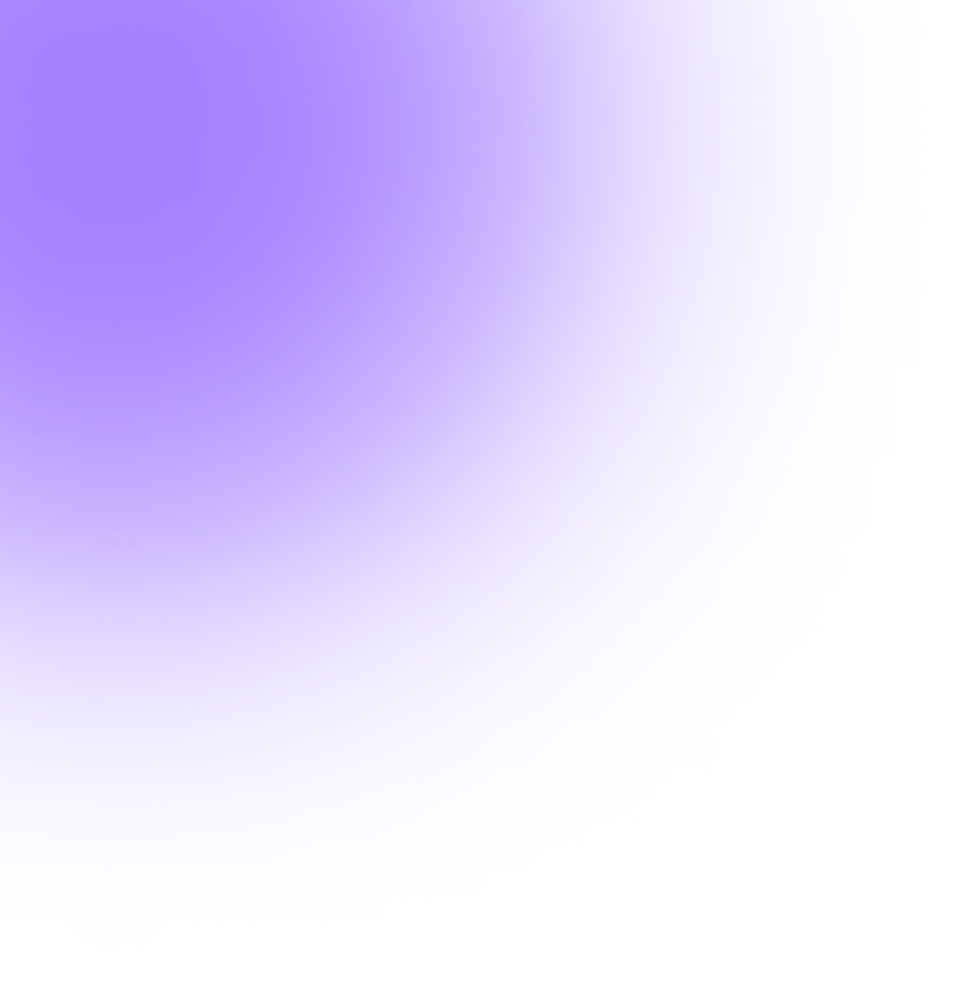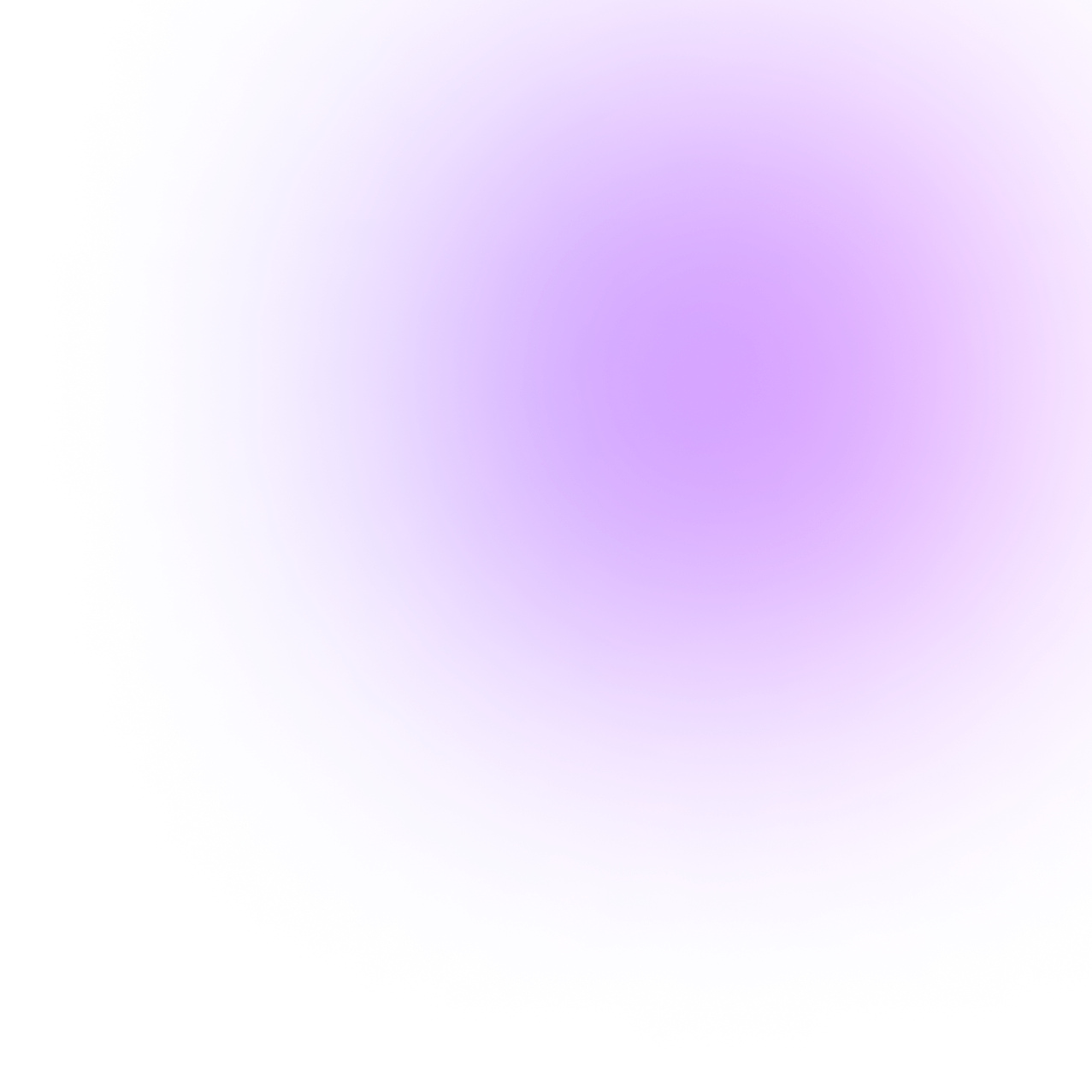




The Impact of Color in Art: Exploring Emotions 🎨💭
In the world of art, color is much more than just a visual element; it is a powerful tool that can evoke emotions, convey messages, and influence perceptions. Let's delve into the fascinating realm of color psychology and explore how artists harness the emotional impact of color in their artworks.
1. Introduction to Color Psychology 🌈💡
Color psychology is the study of how different colors affect human behavior, emotions, and perceptions. By understanding the psychological associations of colors, artists can effectively convey mood and emotion in their artworks. For example, warm colors like red and orange are often associated with energy, passion, and excitement, while cool colors like blue and green evoke feelings of calmness and tranquility.
2. Emotional Expression Through Color 🎭😊
In photography and art generally, color 🎨 plays a crucial role in conveying emotions and creating impactful images. Photographers utilize color palettes to evoke specific moods, enhance visual storytelling, and elicit emotional responses from viewers. 📷
For example, in portrait photography, warm tones such as reds, oranges, and yellows ☀️ are often used to convey warmth, intimacy, and happiness. A portrait bathed in golden hour light, with the sun casting a warm glow on the subject's face, can evoke feelings of joy and comfort. Conversely, cool tones like blues and greens 💙 may be employed to convey a sense of calmness, melancholy, or introspection. A portrait captured against a backdrop of cool, muted tones, such as a misty forest or a rainy urban street, can evoke feelings of solitude or contemplation. 🌿
Vibrant, saturated colors may be used to convey energy, vitality, and optimism, while muted, desaturated tones can create a sense of tranquility, nostalgia, or melancholy. For example, a landscape photograph of a fiery sunset 🌅 with rich hues of red, orange, and purple can evoke a sense of awe and wonder, while a monochromatic image of a fog-shrouded forest in shades of gray can evoke a sense of mystery and solitude. 🌲
Additionally, photographers often use color contrast to create visual interest and draw the viewer's eye to specific elements within an image. Complementary colors, such as blue and orange 🟦🟧 or red and green 🟥🟩, create dynamic visual contrast and can make subjects stand out against their surroundings. By understanding the emotional impact of different color combinations, photographers can effectively convey mood, emotion, and atmosphere in their images, creating powerful and evocative visual narratives. 🌟
3. The Power of Warm Colors 🔥🧡
Warm colors such as reds, oranges, and yellows are known for their ability to evoke feelings of energy, passion, and warmth. In photography, these hues can add vibrancy and intensity to an image, creating a sense of dynamism and excitement. When used strategically, warm colors can be particularly effective in conveying emotions such as joy, enthusiasm, and vitality.
For example, a photograph featuring a fiery sunset 🌅 with hues of red, orange, and yellow can evoke a sense of warmth and optimism. The vivid colors of the sky can create a dramatic backdrop, drawing the viewer's eye and infusing the scene with a sense of energy and vibrancy. Similarly, warm colors can be used to enhance the mood of portraits, adding a sense of warmth and intimacy to the subject.
In addition to their emotional impact, warm colors can also affect the perceived temperature of an image. By incorporating warm tones into a photograph, photographers can create a sense of coziness and comfort, making viewers feel as though they are enveloped in a warm embrace.
Overall, the power of warm colors lies in their ability to evoke strong emotional responses and create visually striking images that resonate with viewers on a deep and emotional level. Whether used to capture the fiery hues of a sunset or to add warmth to a portrait, warm colors are a powerful tool for photographers seeking to convey emotion and atmosphere in their images.
4. The Serenity of Cool Colors ❄️💙
Cool colors, including shades of blue, green, and purple, are renowned for their calming and soothing qualities. In Art, these hues can evoke feelings of tranquility, serenity, and relaxation. When used effectively, cool colors can imbue an image with a sense of calmness and harmony, inviting viewers to immerse themselves in the peaceful atmosphere.
For example, a photograph featuring a tranquil seascape 🌊 with shades of blue and green can evoke a sense of serenity and tranquility. The cool tones of the water and sky create a peaceful ambiance, inviting viewers to pause and reflect on the beauty of nature. Similarly, cool colors can be used to convey a sense of stillness and quiet in landscape photography, capturing the peacefulness of a misty morning or a quiet forest.
In addition to their calming effects, cool colors can also convey a sense of depth and distance in photography. By incorporating shades of blue and purple into the background of an image, photographers can create a sense of space and perspective, enhancing the overall composition.
Overall, the serenity of cool colors lies in their ability to create a peaceful and harmonious atmosphere in photography. Whether used to capture the tranquility of a natural landscape or to convey a sense of calmness in a portrait, cool colors are a powerful tool for photographers seeking to evoke emotions of relaxation and serenity in their images.
5. Creating Visual Harmony with Color 🔄🖌️
Creating visual harmony with color is essential in photography and art, as it ensures that all elements within an image work together seamlessly to create a balanced and aesthetically pleasing composition. By carefully selecting and coordinating colors, photographers can evoke a sense of unity and coherence in their photos, guiding the viewer's eye and enhancing the overall impact of the image. 🌈📸
One way to achieve visual harmony is through the use of complementary colors, which sit opposite each other on the color wheel. When used together, complementary colors create a dynamic contrast that draws attention to key elements within the frame while maintaining a sense of balance. For example, pairing warm tones like red and orange with cool tones like blue and green can create a visually striking composition that captures the viewer's attention and creates a sense of harmony. Additionally, photographers can use color schemes such as analogous or monochromatic palettes to create a cohesive look and feel throughout their images, ensuring that each color complements the others and contributes to the overall visual impact. 🎨🖼️
6. Symbolism and Cultural Significance of Color 🌍🎨
Color holds deep symbolic and cultural significance across different societies and traditions, influencing how we perceive the world and express ourselves. 🌍🎨 In photography, understanding the symbolic meanings associated with different colors can add layers of meaning to your images and help convey specific emotions or messages to viewers. For example, red is often associated with passion, love, and energy, while blue evokes feelings of calmness, serenity, and stability. By incorporating these symbolic associations into your compositions, you can create images that resonate with viewers on a deeper level and convey the intended message or narrative more effectively. Additionally, cultural interpretations of color vary widely, so it's essential to consider the cultural context in which your images will be viewed to ensure that your use of color is both appropriate and meaningful. For example, white is often associated with purity and innocence in Western cultures, while it symbolizes mourning and death in some Asian cultures. Understanding these cultural nuances allows artists to communicate more effectively with diverse audiences.

7. Color Temperature and Emotional Impact 🌡️❄️
Color temperature plays a crucial role in evoking specific emotions and moods in photography. 🌡️❄️ Warm colors, such as reds, oranges, and yellows, are associated with warmth, energy, and vibrancy, while cool colors, like blues and greens, evoke feelings of calmness, tranquility, and introspection. By understanding the emotional impact of different color temperatures, photographers can effectively convey the desired mood or atmosphere in their images. For example, a photograph bathed in warm golden light during sunset may evoke feelings of nostalgia and warmth, while a scene captured in cool, diffused light on a foggy morning may evoke a sense of tranquility and introspection. Experimenting with color temperature allows photographers to harness the emotional power of light and color to create compelling and evocative images.
8. Color Theory and Its Applications 📚🎨
Color theory is essential in photography as it guides photographers in creating visually compelling compositions that evoke specific emotions and reactions from viewers. 📚🎨 By understanding the relationships between different colors and their psychological effects, photographers can manipulate mood and atmosphere to convey their artistic vision effectively. Whether capturing vibrant street scenes or serene landscapes, the strategic use of color enhances the visual impact of images, leaving a lasting impression on the audience. 🌟✨
9. Experimenting with Color Harmonies 🎨🔄
Artists often experiment with different color harmonies, such as monochromatic, analogous, and complementary schemes, to create varied effects in their artworks. For instance, a monochromatic color scheme uses variations of a single color to create a harmonious and cohesive composition, while an analogous color scheme combines colors that are adjacent to each other on the color wheel to create a sense of unity and harmony.
10. The Role of Color in Art Movements 🌟🖼️
Throughout art history, color usage has evolved and changed with different art movements and styles. For example, the vibrant, expressive use of color in the Fauvist movement challenged traditional notions of color representation, while the minimalistic use of color in the Bauhaus movement emphasized simplicity and clarity in design.
11. Color Symbolism Across Cultures 🌎🎨
Colors hold symbolic meanings that are deeply rooted in cultural traditions and beliefs. For example, red is often associated with luck and prosperity in Chinese culture, while it symbolizes danger and warning in Western cultures. Understanding these cultural associations allows artists to communicate more effectively with diverse audiences and convey nuanced messages through their artworks.
12. Color in Nature and Its Influence on Art 🌿🖌️
The colors found in nature, such as the rich greens of foliage, the vibrant blues of the sky, and the warm yellows of sunlight, have long served as inspiration for artists. By observing and capturing the colors of the natural world, artists can create artworks that evoke a sense of wonder, beauty, and harmony.
13. The Emotional Impact of Neutral Colors 🏞️🎨
Neutral colors, such as beige, gray, and brown, are often associated with simplicity, elegance, and sophistication. In Mark Rothko's abstract paintings, the use of neutral tones creates a sense of calmness and introspection, allowing viewers to focus on the emotional resonance of the artwork.
14. Color Trends in Contemporary Art 🌈🌟
Contemporary artists often experiment with bold and unconventional color choices to make a statement or challenge traditional conventions. For example, Yayoi Kusama's use of vibrant colors and repetitive patterns in her installations creates immersive and sensory experiences that captivate viewers and spark conversation.
15. Personal Expression Through Color 🎨🌟
Ultimately, color is a deeply personal and subjective aspect of artistic expression. Artists often use color to convey their emotions, experiences, and perspectives. By exploring their own unique relationship with color, artists can create artworks that resonate with authenticity and meaning, inviting viewers to connect on a deeper emotional level.